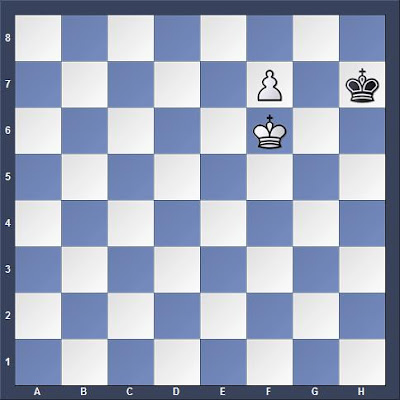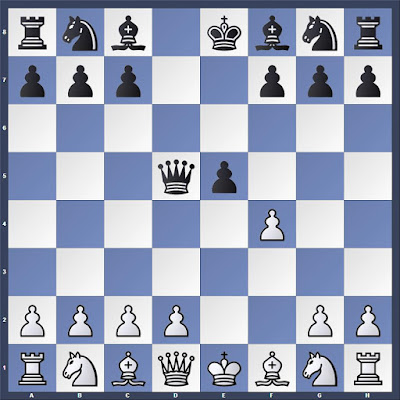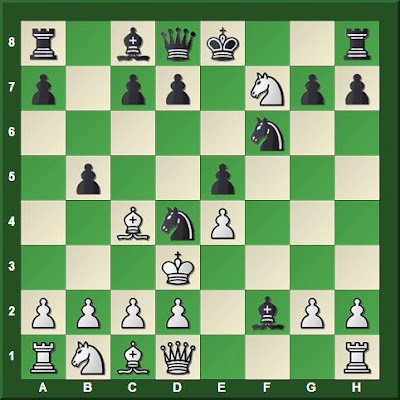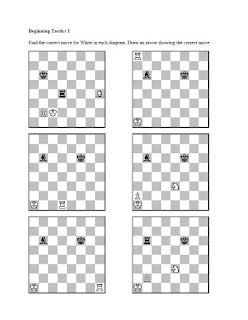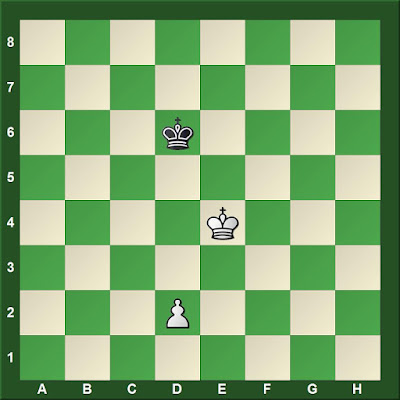I do not have a Kindle. While at Best Buy, I looked at them, even playing a game of chess with one in the store. It was an easy win. That was in 2010. My wife and I had gone to Best Buy with thoughts of maybe buying Kindles, but went home with two iPads instead. The iPad screen is much larger and Apple offers a Kindle Reader on the App Store.
A couple of weeks later, on a flight to London, I finished reading Zero History (2010) by William Gibson. It was my first Kindle Book. After returning home, I added several more, including the second edition of Mark Dvoretsky, Dvoretsky's Endgame Manual (2008). Adding a copy of this book to my iPad considerably lightened the weight of my chess bag. For most of the previous year, the print version of the first edition of Dvoretsky's Endgame Manual was nearly always with me. In both my chess coaching and personal study away from home, I made frequent use of my pawn ending flashcards (see "Pawn Endings Flash Cards"). It was often helpful to refer to Dvoretsky's analysis.
 |
| some light reading |
Kindle Books are not the only e-books. Google has been creating digitized copies of many old and often rare books. These are available in several formats, including one that can be read in Google Play (Google's answer to the Kindle). The works of William Lewis (1787-1870) have become accessible. Over the course of several months, I translated Lewis's long English descriptive notation in Gioachino Greco on the Game of Chess (1819) into algebraic (see "Gioachino Greco on the Game of Chess"). That expanded my database of Greco's games from the 77 generally available to 168. This expanded database became a core resource for that summer's chess camp and workbook, "Learning from the First Chess Masters."
Unfortunately, the hard drive on my notebook crashed that summer and I had failed to back-up my Greco database. I still have Lewis's book in Google Play, of course. I also have the smaller database created for camp, but most of my work on Greco those two months must begin anew. I have been working with Francis Beale, The Royal Game of Chesse-Play (1656) to rebuild this work. The notation is more difficult than Lewis's. My long-term plan is to have a compendium of the Beale, Lewis, and "Hoffman" (1900) editions of Greco's games. Professor Hoffman (a pseudonym for Angelo Lewis) is the author of the work that forms the basis of the database, but even this work has variations that were left out when the database was created (see "A Greco Miniature").
My collection of seventeenth, eighteenth, and nineteenth century chess books and magazines would fill a bookcase, but they are always with me on my iPad and iPhone. Moreover, they were free. Kindle Books are not free, but they usually cost less than the print edition.
Dan Heisman, Elements of Positional Evaluation, 3rd. ed. (1999) transformed my thinking. In place of Larry Evans' "four elements"--pawn structure, force, space, and time--I have Heisman's seven. Heisman argues against what he calls pseudo-elements--material, space, king-safety, and development. Instead, in a book that reads well alongside John Watson, Secrets of Modern Chess Strategy (1998), he offers mobility, flexibility, vulnerability, center control, piece coordination, time, and speed. It is hard to stop using the word development, but it is much easier to explain what is meant by this vague notion with terms like mobility, flexibility, and vulnerability. Get your pieces to squares where they have maximum mobility and flexibility. Reduce your own vulnerabilities, while looking for ways to exploit those your opponent fails to reduce. Reading the old masters in the light of Heisman's book, it becomes clear that they employed the word mobility to define what they meant by development. They also determined material value by examining how many squares a piece could reach and noting the colors of these squares. See "Principle of Development: Early History" for extended musings on this topic.
The third edition of Heisman's Elements of Position Evaluation contains a minimum of diagrams and few illustrative example. The fourth edition greatly expands the work with many well-illustrated examples. I have the fourth edition in my Kindle library. Other Kindle editions that are always with me and frequently prove useful in my work with youth players include: Bruce Alberston, Chess Mazes (2004); Alexander Alekhine, Alexander Alekhine's Best Games (1996)--a reduced selection from his three volumes with additional notes by John Nunn; Ray Cheng, Practical Chess Exercises (2007); and now my own Essential Tactics: Building a Foundation for Chess Skill (2017). There are also many books that I use for self-study, especially Alex Yermolinsky, The Road to Chess Improvement (2012), and Garry Kasparov on Garry Kasparov, Part I: 1973-1985 (2011).
Horrors of Self-Publishing
Converting my worksheets with 150 elementary tactics problems into Kindle book format with diagrams featuring colored arrows to highlight the solutions was a year's work. I started in spring 2016, working a few hours per week. The first step was restoring the database used to create the worksheets, because that, too, was lost in the hard-drive crash a few years ago. Then, I started creating colored diagrams as exercises and another set with arrows as solutions. While creating these diagrams, I also wrote the text. After two months of steady work, I set it aside. My body can handle only so much meticulous work in front of a screen. In late winter 2017, I resumed the project with the determination to finish.
Once the manuscript was completed and I had proofread it a few times, publishing was a snap (see "Writing and Publishing"). Only when it was "live" in the Kindle store was I able to see errors that I had missed while proofreading. Over the course of 48 hours, I uploaded five or six corrected editions. I found that it was almost too easy to self-publish a Kindle book.
The first two days that it was available, Essential Tactics sold six copies. That lifted it to #7 among the Kindle chess best-sellers. I started paying more attention to the other top selling Kindle chess books. These lists are updated hourly. Some very good books by strong Grandmasters with a penchant for explaining things clearly are usually on the list. John Nunn, Understanding Chess Move by Move (2013), for example, is in the top ten at this hour. Books about Bobby Fischer, such as Brady's biography, are often near the top. So is Bobby Fischer Teaches Chess, which Fischer did not write.
Also among the top selling chess e-books are instructive manuals by writers no one has ever seen at a chess tournament. A book titled, Chess: Become a Master (2017) aims to lift beginners to the next level. It explains the rules and offers some basic strategy and tactics instruction. The author is not a chess player. The explanations of the rules are full of errors, repeating some of the misconceptions your uncle may have taught you fifty years ago. The strategy and tactics suggestions will make you a worse chess player if you are already over 1000 Elo.
There are similar horrors as bad or worse.
Earlier this week, five of the top ten were a book, The Chess Strategy, by five different authors. All five were the same text: Edward Lasker, Chess Strategy (1915), which is available free from Project Gutenberg. Someone had uploaded this book several times with different covers and fake author names. I wrote a review of one copy identifying the work as plagiarism. Once I received notice that the review posted, I looked at the top selling books again. Ten of the top twenty were Chess Fundamentals, but Jose R. Capablanca was not identified as the author of any of these. Prices ranged from $3.00 to $4.00. This time, however, there was no free Kindle sample, no preview. However, the book description started in mid-sentence and was instantly recognizable to anyone who has spent as much time reading Capablanca's original as I have.
Is it any wonder that I have difficulty attracting potential readers to my self-published books? I, too, am an unknown author without a chess title. My students may call me "Sensei", but I am not a master. I have been teaching beginners and novices, and a few strong local players who have become state champions. My skill at bringing young players up to C Class, and with a foundation that facilitates growing beyond me, is well-established. I have thousands of pages of instructional chess materials ready for conversion into e-book format. No one cares.
The Kindle store is full of rubbish. Even some of the books by established tournament players seem overpriced at $4.99. Some are incompetent. I titled one review of a book by a strong, young expert or master with that word. The author, who should know better, repeats an error that I have seen in several books, "the king cannot fork."*
In Essential Tactics, I have this exercise.
White to move
A king fork wins a piece and likely the game.
*That author currently has seven books in the Kindle store, several of which are always among the top sellers. One is no more than a ChessBase export file that any skilled ChessBase user could create in five minutes. In fifteen minutes, I could produce a cleaner copy.









